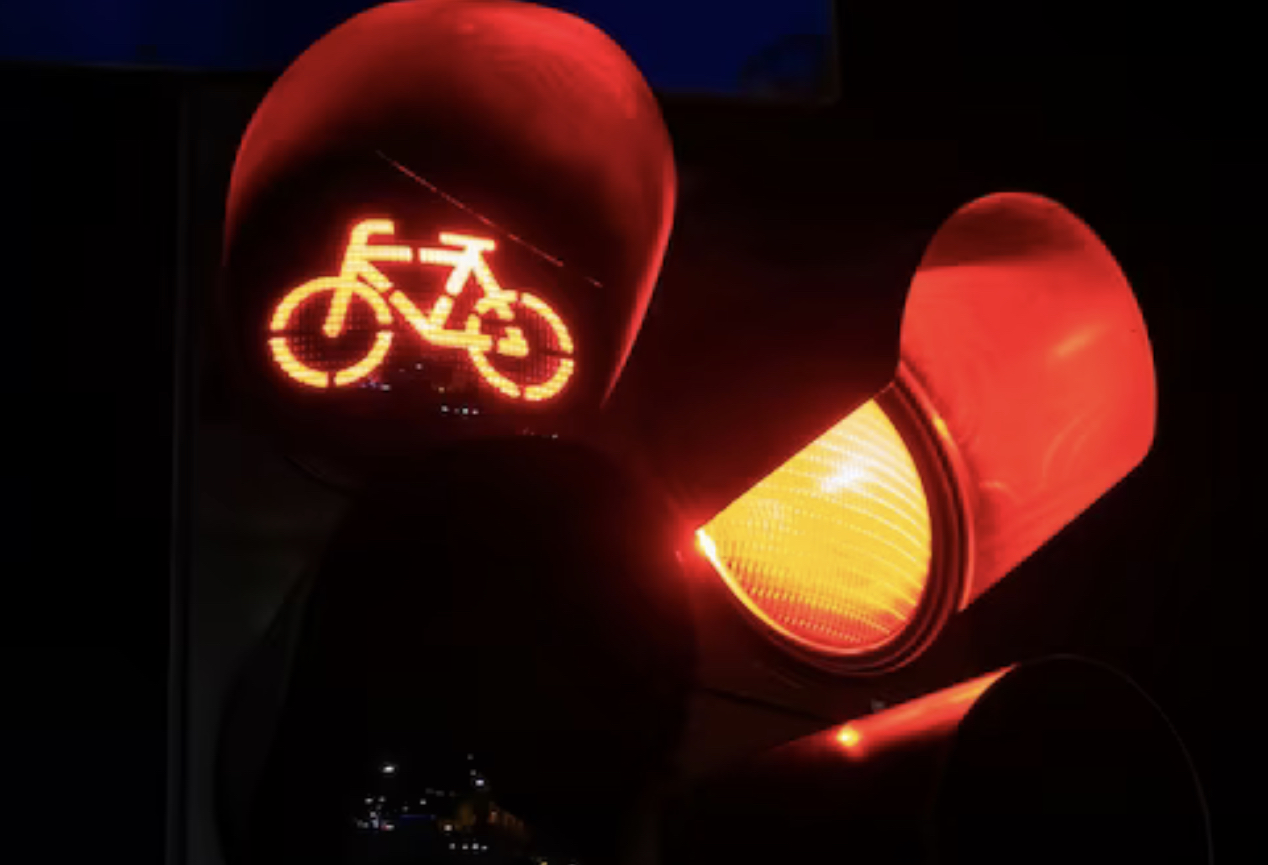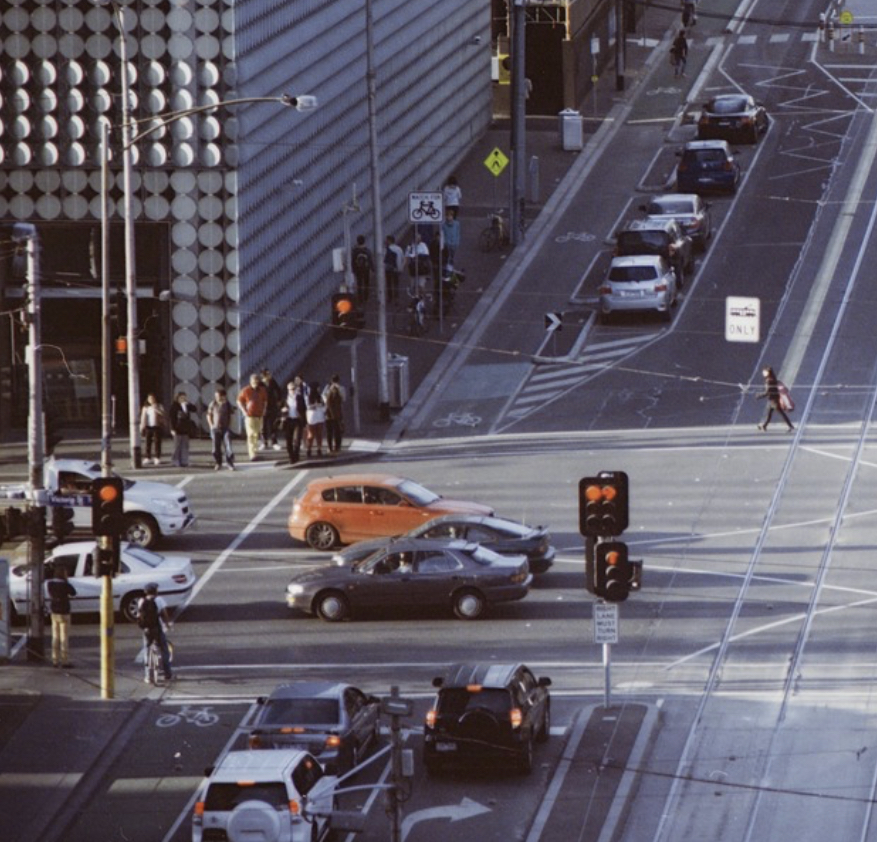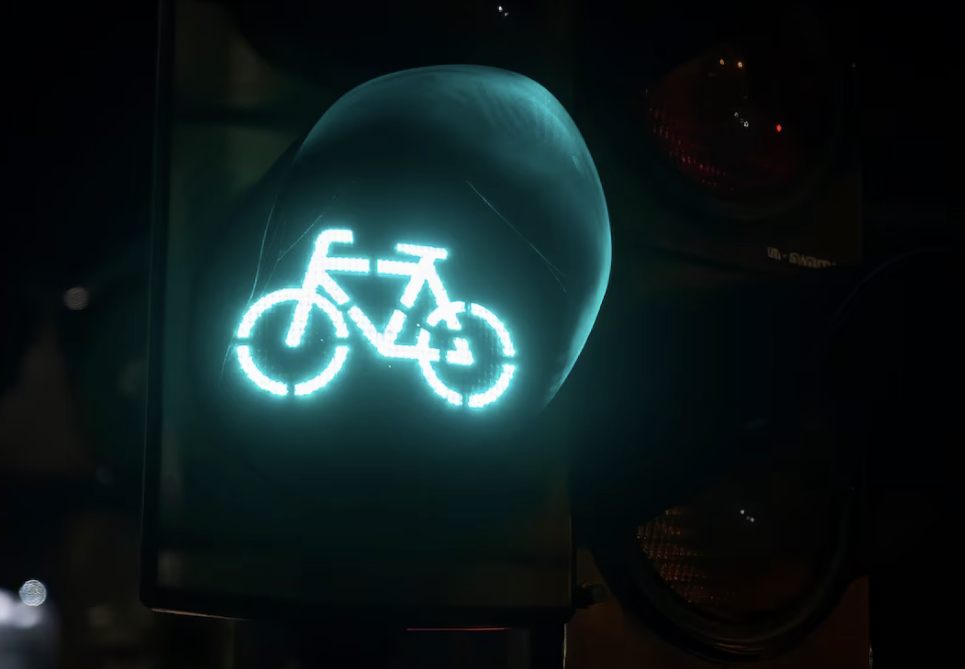
Is it illegal for cyclists to go through red lights?
Laws regarding cyclists and traffic signals can vary depending on the jurisdiction. In many places, cyclists are expected to follow the same rules as motor vehicles, which generally means stopping at red lights.
However, there may be certain exceptions or allowances in specific locations.
To get accurate and up-to-date information about the specific laws in your area, it is best to consult the local traffic laws or contact the appropriate local authorities, such as the local police department or transportation department.
Is it illegal for cyclists to run a red light in the USA?
Traffic laws in the United States can vary from state to state, so it’s important to note that there may be some variations in the specific regulations regarding cyclists and red lights.
In the USA in general, cyclists are required to follow the same traffic laws as motor vehicles.
Running a red light is typically considered a traffic violation, and it is generally illegal for both motorists and cyclists to do so. Red lights indicate that traffic should come to a complete stop, allowing other vehicles or pedestrians to proceed safely.
Failing to stop at a red light can endanger both the cyclist and others on the road.
What happens if a UK cyclist jumps a red light?
In the United Kingdom, jumping a red light is considered a traffic offense and can result in legal consequences for cyclists.
The penalties and enforcement procedures for such violations may vary depending on the specific circumstances and jurisdiction. Here are some possible outcomes if a cyclist jumps a red light in the UK:
- Fixed Penalty Notice: In many cases, if a cyclist is caught jumping a red light, they may be issued a fixed penalty notice. This is a fine that must be paid within a specific timeframe. The amount of the fine can vary, but it is typically around £50-£100. Failure to pay the fine within the designated period can result in further legal action.
- Penalty Points: In certain situations, particularly if the offense is considered more severe or poses a greater risk to others, the cyclist may receive penalty points on their driving license (if they have one). Accumulating a certain number of penalty points within a specific period can lead to license suspension or disqualification.
- Court Summons: In more serious cases or instances where the cyclist has committed multiple offenses, they may be summoned to court. The court will then determine the appropriate penalty, which can include higher fines, penalty points, or even disqualification from driving if applicable.
Why do cyclists not stop at red lights?
While it’s important to note that not all cyclists disregard red lights, some cyclists may choose to go through red lights for various reasons.
Here are a few possible explanations:
- Safety Concerns: Cyclists may perceive certain intersections or traffic conditions as unsafe and may decide to proceed through a red light to avoid potential conflicts. They may feel that it is safer to move ahead of or alongside traffic to maintain visibility or avoid being in the blind spots of larger vehicles.
- Momentum and Efficiency: Stopping at a red light and then starting again can require additional effort and time for cyclists to regain their momentum. Some cyclists may choose to go through a red light to maintain their speed and avoid the need to stop and start repeatedly.
- Lack of Awareness or Education: Some cyclists may not fully understand or appreciate the importance of following traffic laws. They may be unaware of the potential risks and consequences of running red lights or may not have received proper education on road rules and regulations.
- Perception of Low Risk: Some cyclists may believe that running a red light poses minimal risk, especially if there is no immediate traffic or pedestrians present. However, it’s crucial to remember that even if the risk seems low, running a red light is still illegal and can lead to accidents or conflicts with other road users.
It’s important to emphasize that running red lights is dangerous and illegal. Cyclists, like all road users, should prioritize safety and obey traffic laws to help ensure the well-being of themselves and others on the road.
How often do cyclists run red lights?
Do cyclists have to stop at red lights UK?
Yes, cyclists in the United Kingdom are generally required to stop at red lights, just like motorists.
The traffic laws in the UK apply to all road users, including cyclists, and red lights indicate that all traffic, including cyclists, must come to a complete stop.
While cyclists may have the ability to maneuver through traffic more easily than motor vehicles, it is important for them to adhere to traffic signals for their safety and the safety of others.
Running a red light can lead to accidents, endanger pedestrians, and create confusion and hazards on the road.
However, it is worth mentioning that there are a few exceptions to this rule in the UK. The Traffic Signs Regulations and General Directions 2016 provide certain provisions that allow cyclists to proceed through red lights under specific circumstances.
For instance, if a cyclist comes to a red light at a junction with an advanced stop line (an area marked with a bicycle symbol in front of motor vehicles), they may legally move ahead to that area before the light turns green.
Additionally, some local authorities may implement specific measures such as advanced green lights for cyclists or separate cycling-specific traffic signals.
Overall, cyclists in the UK are expected to follow traffic laws, including stopping at red lights, but there may be certain circumstances or designated areas where specific provisions are in place.
What percentage of cyclists run red lights?
Do EU cyclists have to obey traffic lights?
Yes, cyclists in the European Union (EU) are generally required to obey traffic lights, just like any other road user. Traffic laws and regulations apply to all vehicles on the road, including bicycles.
The specific rules regarding cyclists and traffic lights may vary slightly between different EU member states, as each country can have its own traffic laws.
In most EU countries, cyclists are expected to follow the same traffic regulations as motor vehicles.
This means that when a cyclist approaches a traffic light, they should stop at a red light and wait for it to turn green before proceeding.
Ignoring a red light can result in penalties such as fines or other legal consequences.

“Learn to ride a bicycle. You will not regret it if you live.” – Mark Twain






